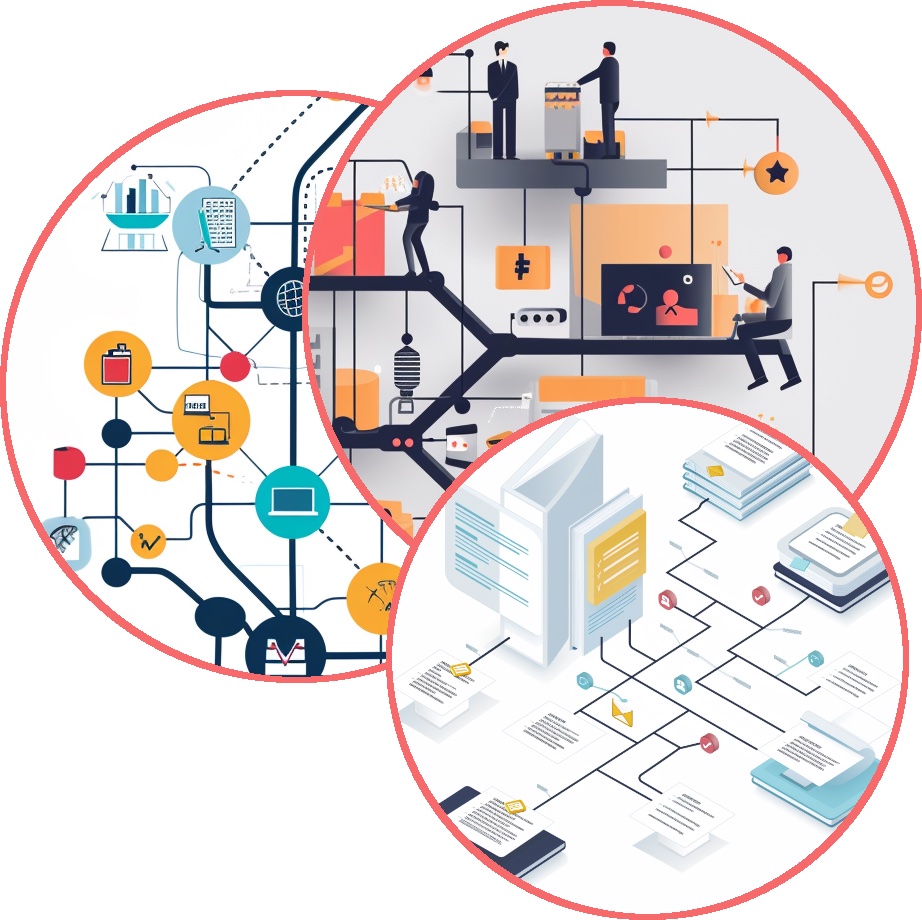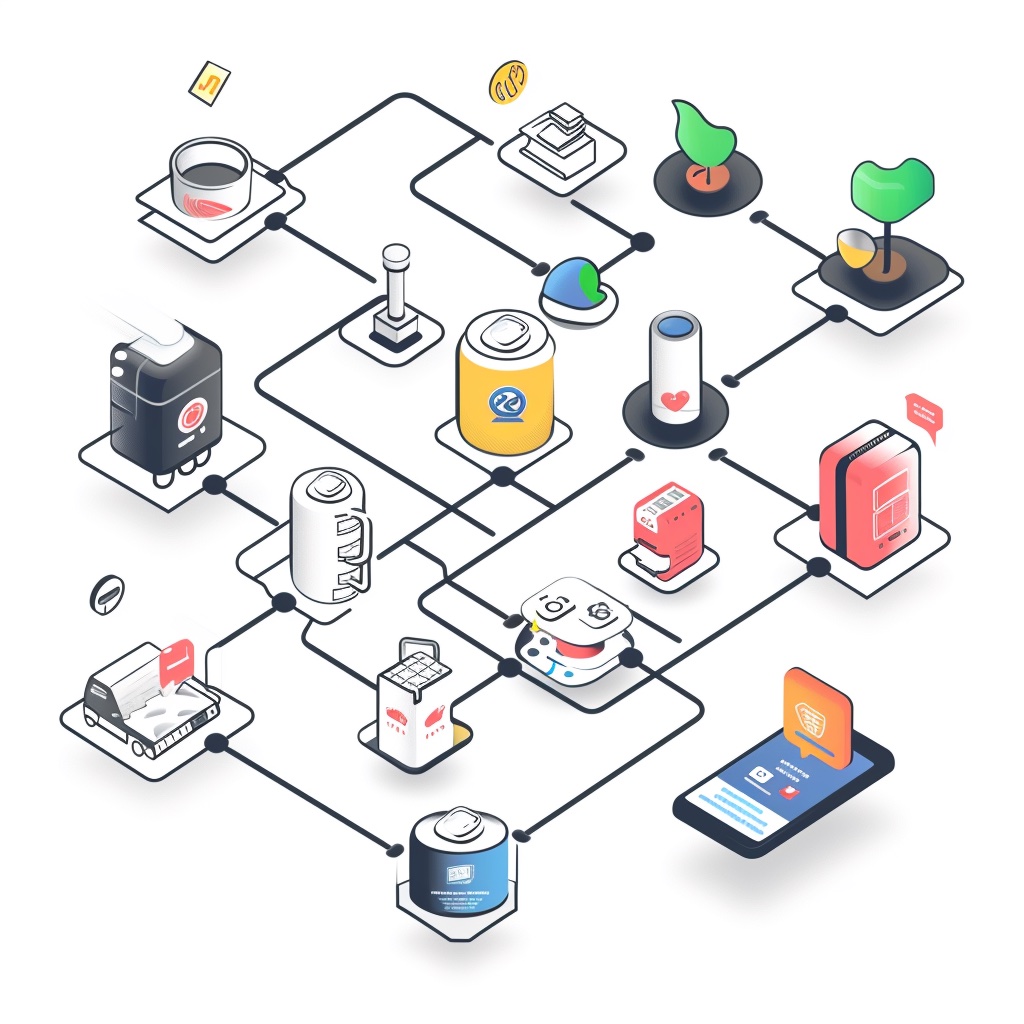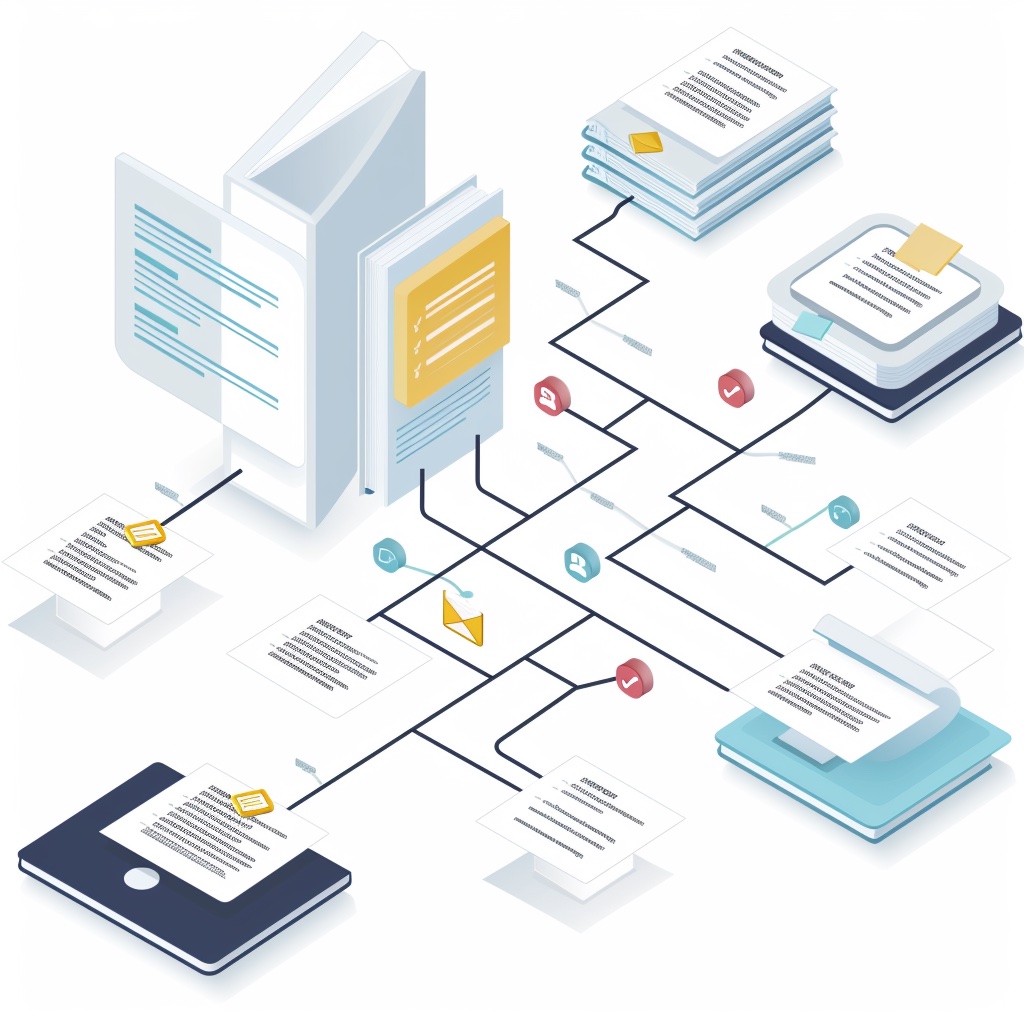The initial problem statement that prompted this work was the need to identify and define relationships between domains. After boiling down the requirements, it quickly became clear that the simplest solution would also be incredibly flexible and support a lot of useful information about domains, the companies that operate them, and their brands they support.
This section includes a selection of use cases that extend beyond the simple solution designed to define domain relationships and showcases the vast possibilities the model supports. Once there's a simple mechanism for publishing and retrieving arbitrary policies for related domains... the type of information the policies can contain is nearly boundless.
With that in mind, these use cases are designed to illustrate the extensibility of the model beyond the simplistic examples mentioned earlier. Not all of these use cases must be supported for the model to succeed, and this proposal assumes that only a small subset of them will be useful for a vast majority of users. The goal of this section is to point out the breadth of utility available once the basic mechanism is adopted.






